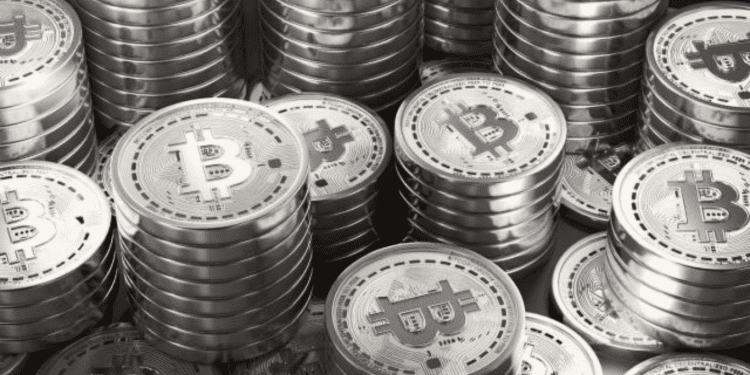Due to the popularity of BRC-20 tokens, the quantity of text-based Ordinals inscriptions on the Bitcoin network has nearly doubled in just eight days. According to Galaxy Digital, this might result in a $4.5 billion market for “Bitcoin NFTs” by 2025.
- From 2.5 million to 4.78 million, the number of ordinary inscriptions on the Bitcoin network has roughly doubled in a little over a week.
- Since April 25, text-based inscriptions have made up 99% of all new Ordinals.
The Surge in Ordinals Inscriptions
The number of Ordinals inscriptions on the Bitcoin network has increased by 92% over the past eight days, going from 2.5 million to 4.78 million. When the Ordinals protocol was first created, non-fungible tokens (NFTs) were intended to be minted as images. However, users soon discovered that they could also build fungible tokens using text-based inscriptions, similar to the ERC-20 token standard on the Ethereum network. The BRC-20 token standard was born as a result, and it has recently gained much popularity.
Ordinals Inscriptions on the Bitcoin Network
Initially, images were created as non-fungible tokens (NFTs) using the Ordinals protocol. Users soon discovered, however, that they could employ text-based inscriptions to produce fungible tokens, like those produced using the ERC-20 token standard on the Ethereum (ETH) network. The BRC-20 token standard, which has garnered a lot of popularity in recent weeks, has now been publicized as using these text-based inscriptions.
The Popularity of Text-Based Inscriptions
More than 2.8 million text-based inscriptions had been made using the Ordinals as of May 5, according to Rafael Schultze-Kraft, co-founder and chief technology officer of Glassnode. Recent information from well-known blockchain data hub Dune Analytics demonstrates that since April 25, the vast majority (99%) of all new Ordinals inscriptions have been text-based.
The Emergence of BRC-20 Tokens
BRC-20.io, a brand-new platform that lets users track BRC-20 tokens, reported 14,200 new tokens on the Bitcoin blockchain. Ordi, Naals, and even a Bitcoin-based version of the memecoin Pepe (PEPE) are some of the most well-known Bitcoin-based tokens. BRC-20 tokens have a $700 million market cap overall as of right now. The market for “Bitcoin NFTs” might, according to digital asset investment company Galaxy Digital, reach $4.5 billion by 2025.
The Debate Over Ordinals
The emergence of Ordinals has raised questions about whether or not they would eventually benefit the Bitcoin ecosystem. According to confident supporters like Dan Held, Ordinals enable a wider variety of financial use cases for Bitcoin. Hardline Bitcoiners contend that Ordinals depart from Satoshi Nakamoto’s original intent for Bitcoin to be utilized as an electronic, peer-to-peer payment system.
The Influx of Revenue for Miners
Due to the transaction fees associated with the sudden surge of new activity on the network, miners have experienced a tremendous increase in income. It is expected that miners will continue to profit from the increased transaction volume as the popularity of BRC-20 tokens grows.
Conclusion
The popularity of BRC-20 tokens and the growth of Ordinals inscriptions on the Bitcoin network have provoked intense discussion among cryptocurrency enthusiasts. While some contend that Ordinals provide a greater variety of financial use cases for Bitcoin, others think they depart from the cryptocurrency’s original intent. Regardless of these arguments, the popularity of BRC-20 tokens has brought in a sizable increase in revenue for miners. As the cryptocurrency ecosystem continues to develop, we will witness the creation of new use cases for Bitcoin.














